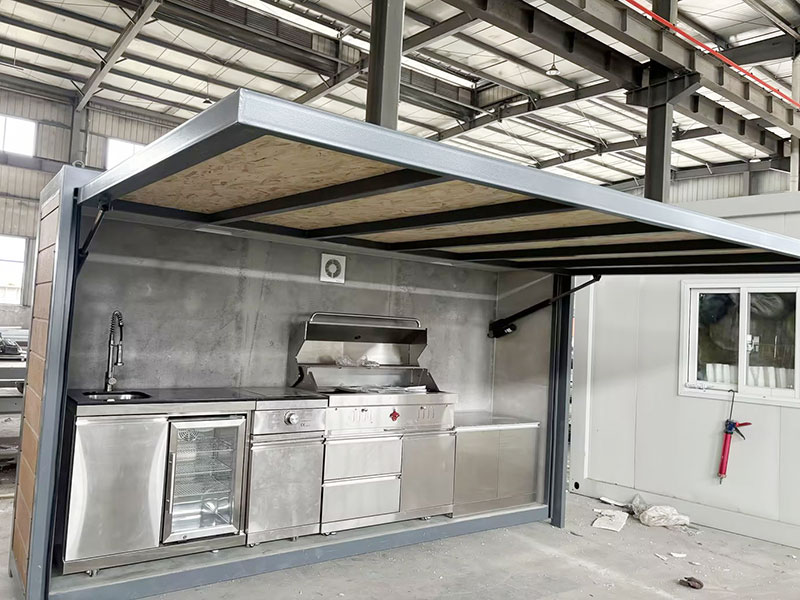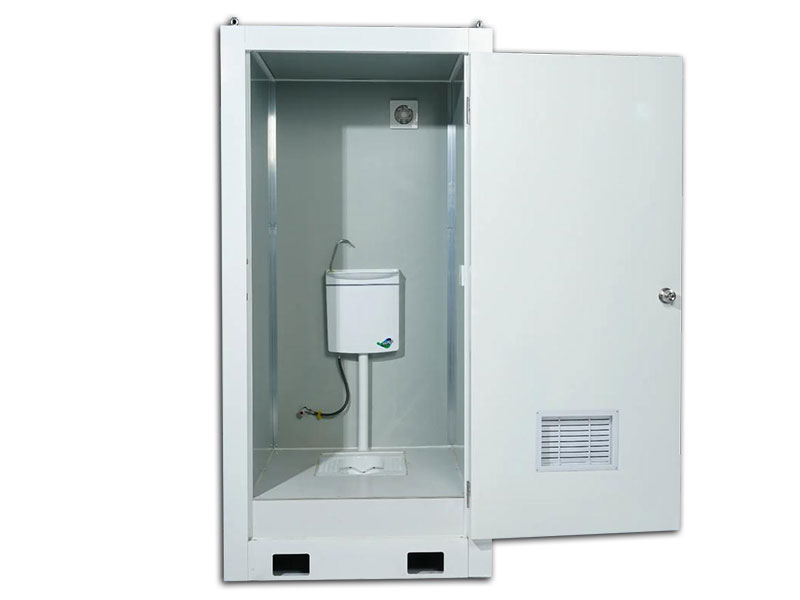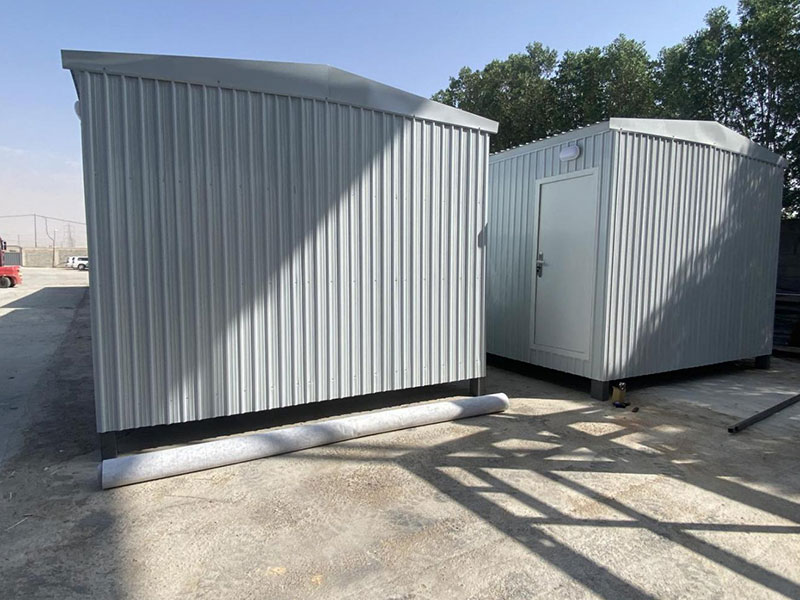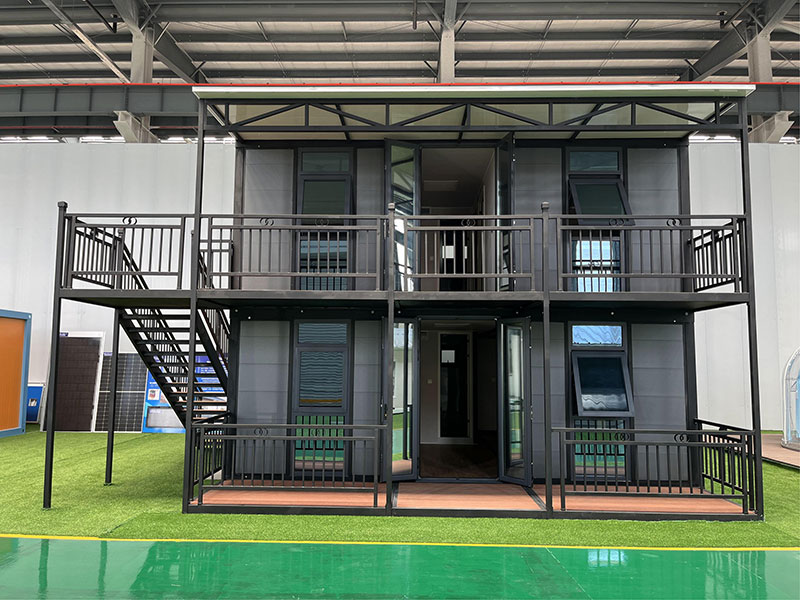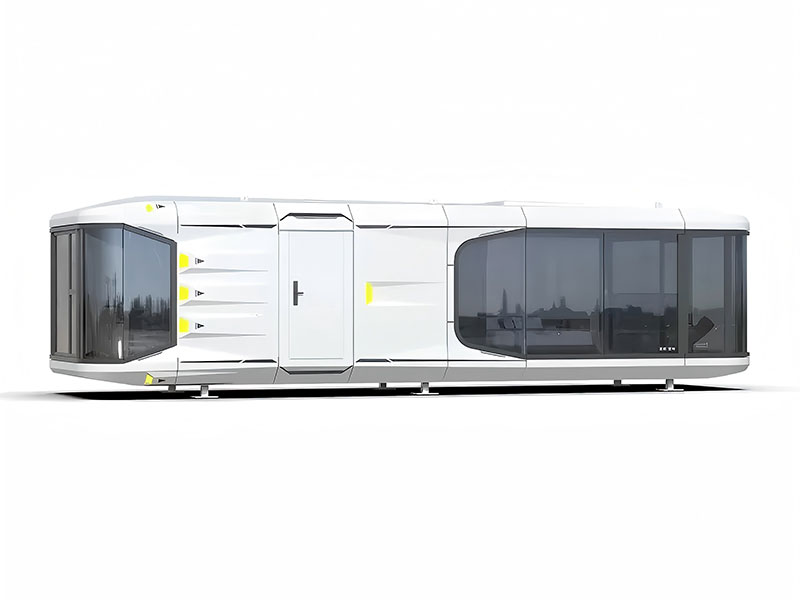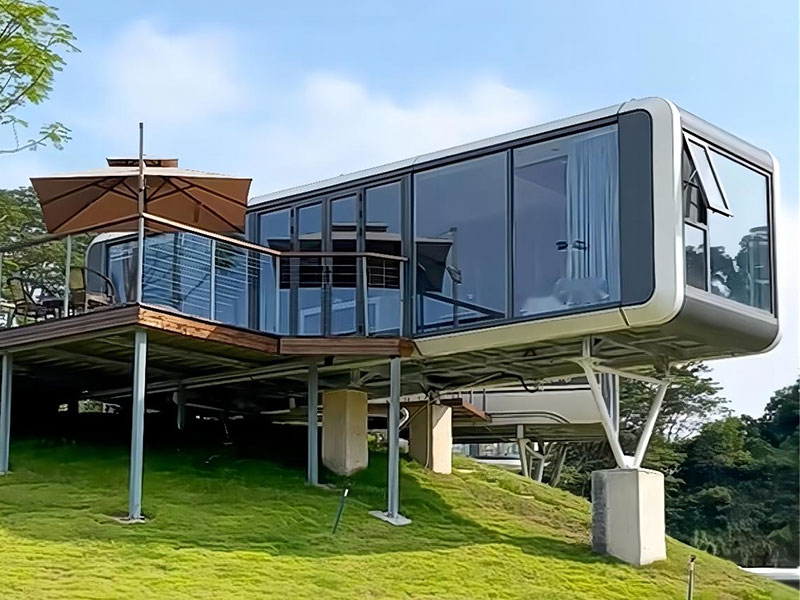Emergency Shelter Solutions – Expandable Container House for Disaster Relief
2025-03-28Natural disasters displace over 24 million people annually, creating urgent demand for emergency expandable container house solutions. These structures can be airlifted or trucked to disaster sites and operational within 3 hours, offering rapid-deployment housing units with built-in sanitation and power. Unlike tents or temporary shelters, container-based designs provide secure, insulated spaces that withstand earthquakes, floods, and extreme temperatures.
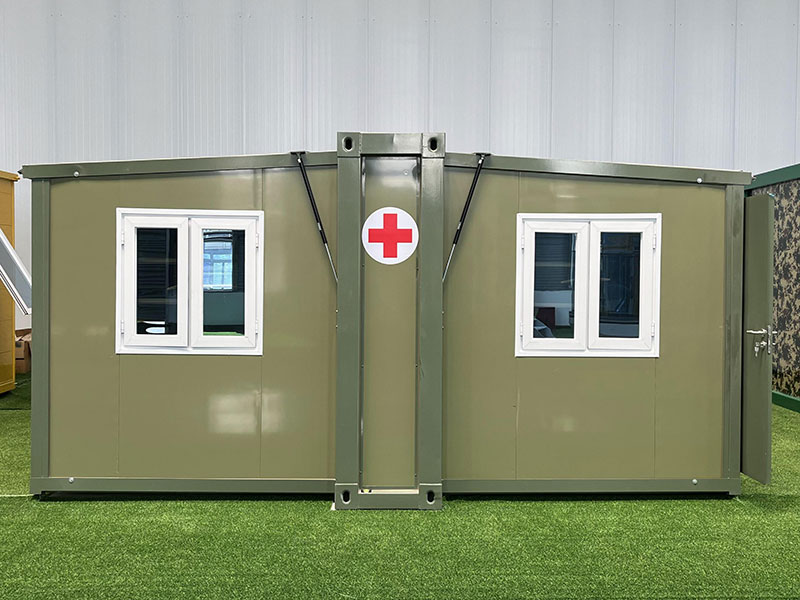
The disaster-resistant expandable homes market has grown 42% since 2018, driven by NGOs and governments adopting UN-approved “Build Back Safer” protocols. Post-2023 Türkiye earthquakes, over 1,200 expandable units housed 5,000 survivors, demonstrating their scalability for mass displacement scenarios.
Engineering for Resilience: Key Features
*Ballistic-grade steel frames: Withstand 150 mph winds and seismic shifts up to 7.5 Richter
*Integrated medical bays: Fold-out compartments for triage and telemedicine setups
*Off-grid power systems: Hybrid solar/wind generators with 72-hour battery backups
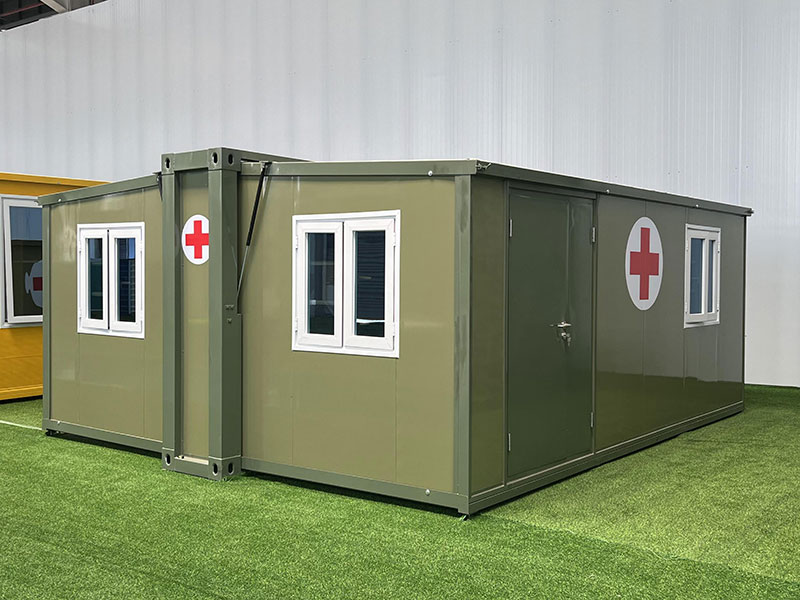
A 2023 UNICEF report highlighted that modular disaster shelters reduced post-crisis disease outbreaks by 63% compared to traditional tent camps, thanks to their sealed ventilation systems and anti-mold wall coatings.
Speed-to-Shelter: Logistics and Assembly Innovations
The rapid-deployment housing units revolution lies in patented “plug-and-play” engineering:
*Pre-installed plumbing stacks that connect to water trucks via military-grade hoses
*Magnetic lock wall panels enabling tool-free expansion
*Drone-assisted site surveys mapping optimal unit placements in <20 minutes
During Hurricane Ian recovery, Florida deployed 340 expandable container house units in 48 hours using National Guard transport networks. Each 320 sq ft unit supported a family of five.
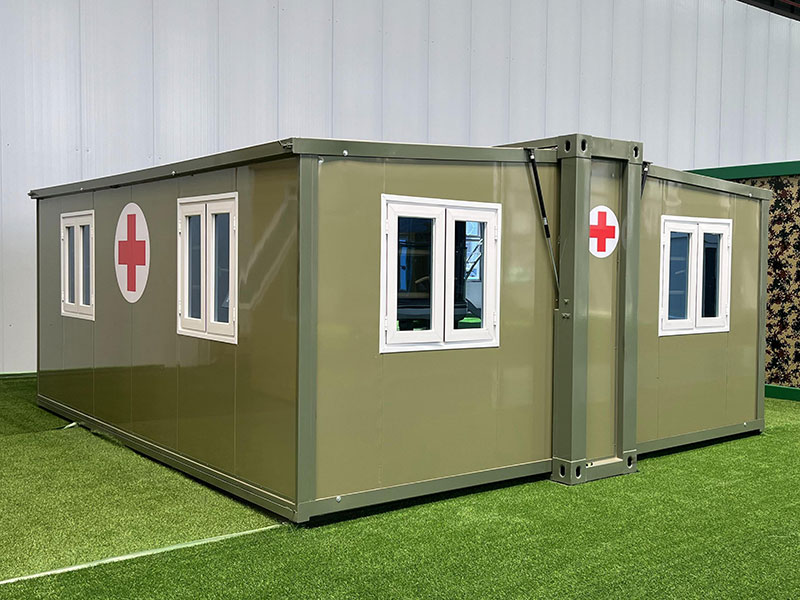
Cost vs. Impact: Funding Sustainable Relief Housing
While traditional FEMA trailers cost 45,000 with 5−year life spans,emergency expandable container house unit save rage 32,000 but last 15+ years. Post-crisis, 78% of units can be converted into permanent housing through community-led expansion kits.
Future Challenges and Opportunities
Despite progress, barriers remain in standardizing global disaster housing codes and combating material shortages. However, the rise of AI-powered risk mapping enables pre-positioning of container units in high-risk zones, potentially cutting response times from days to hours. With climate-related disasters projected to increase 37% by 2040, expandable container solutions are becoming humanity’s first line of defense.

